5 adrenaline-pumping adventure-sports spots in India
5 adrenaline-pumping adventure-sports spots in India
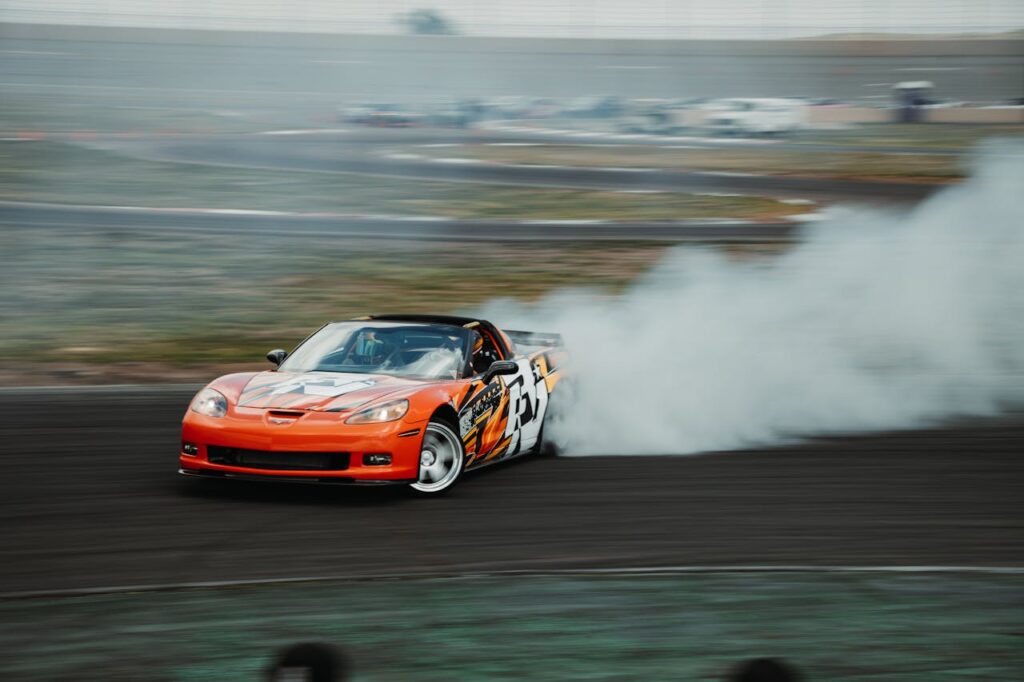
If your idea of a holiday involves a pounding heart, a grin that won’t quit, and a story that begins “you won’t believe what I did…”, India is full of places that deliver. From Himalayan heights to tropical reefs, here are five destinations where you can legitimately test your limits — plus practical tips, the best seasons, safety notes and sample mini-itineraries so you can plan like a pro.
1) Rishikesh, Uttarakhand — white-water rafting, bungee, giant swing, cliff jumps
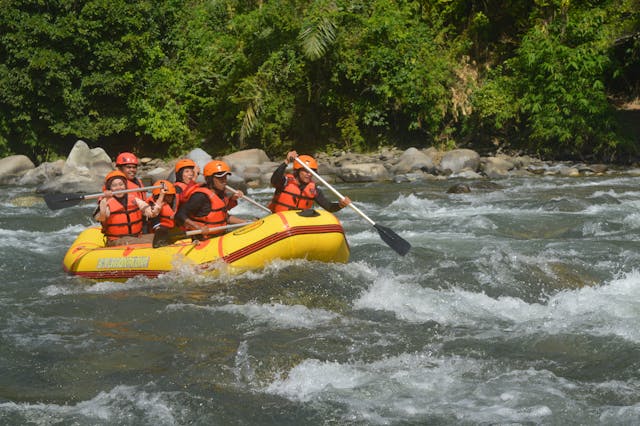
Why go: Rishikesh is India’s adventure capital for river and aerial thrills — think multi-rapids on the Ganga, one of India’s most famous bungee setups, zip lines and cliff-jumping into emerald pools framed by Himalayan foothills. It’s the easiest place in India to combine water and high-adrenaline aerial activities in one short trip.
What you can do
- White-water rafting on stretches between Shivpuri, Rishikesh and Kaudiyala with grades varying from gentle to Class IV-V rapids (season and river flow matter).
- Bungee jumping (commercial operators run platform jumps over the valley) and related activities like the giant swing, flying fox and zipline.
- Kayaking, cliff jumps and river camping — good add-ons for multi-day itineraries.
Best time: Late September–June for rafting (post-monsoon through spring); bungee and other dry activities run most of the year but check local operators for seasonal closures.
Who it’s for: Anyone from first-timers (gentle rafting sections) to experienced adrenaline hunters (higher-class rapids and advanced water adventures). Bungee has medical and weight restrictions — check with operators.
Safety + permits
- Use reputable, licensed operators with experienced guides, proper lifejackets/helmets and safety briefings. Rishikesh has many operators; ask to see safety certificates.
- Respect river conditions — avoid rafting during heavy monsoon flows. Operators typically suspend runs if unsafe.
Suggested 3-day Rishikesh mini-itinerary Day 1: Arrive, short walk around Laxman Jhula, evening riverbank camping.
Day 2: Full-day rafting (Class II–III for groups; opt for longer Shivpuri–Nim adventure if experienced), riverside bonfire.
Day 3: Bungee or giant swing in the morning, depart.
Tips: Book rafting and bungee in advance for weekends; carry quick-dry gear and spare dry clothes.
19 Famous Historical Places in India
2) Bir-Billing, Himachal Pradesh — paragliding (world-class)
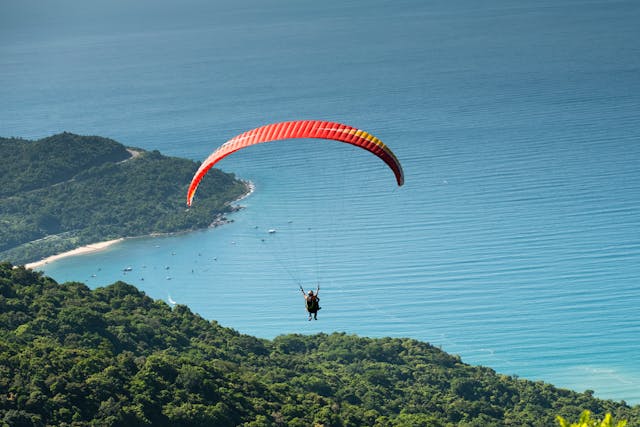
Why go: Bir-Billing has become India’s paragliding flagship: Billing is the famous launch site; Bir is the landing area. It hosts international paragliding events and offers long, calm cross-country flights over pine-framed valleys — a serene but spine-tingling way to fly.
What you can do
- Tandem paragliding (for first timers) with certified pilots — float for up to 20–30 minutes on a good day.
- Solo flights for licensed pilots; training courses and certification are available locally.
Best time: March–June and September–November (stable thermals and clearer skies). Winter can be cold; monsoon is usually avoided due to turbulence.
Who it’s for: Anyone who wants the feeling of flight — tandems are accessible to most healthy adults; solo flying requires training and certification.
Safety + tips
- Fly only with licensed schools and pilots. Check equipment, pilot license and weather forecasts. Local operators typically brief you, provide harnesses and helmets, and explain landing signals.
- If you plan to learn, budget several days for instruction and tandem progressions.
Suggested 2-day Bir-Billing itinerary Day 1: Travel to Bir, settle into a guesthouse and stroll the Tibetan colony and cafés.
Day 2: Morning tandem flight from Billing; afternoon relaxation or short local trek.
Pro tip: Early morning launches often have smoother air and longer flights.
5 Heritage Sites in Rajasthan under 10000
3) Havelock / Neil (Andaman & Nicobar) — scuba diving & snorkeling

Why go: The Andaman Islands are India’s top marine-adventure destination. Crystal-clear waters, vibrant coral reefs, abundant reef fish and easy beginner dive sites make Havelock (now Swaraj Dweep) and nearby islands a scuba diver’s dream in the Indian Ocean.
What you can do
- Open Water scuba dives for beginners (guided, with brief classroom and shallow water training).
- Advanced dives for certified divers: wall dives, drift dives and reef explorations.
- Snorkeling and sea-walks for non-divers who still want close encounters with marine life.
Best time: November–April for clearer seas and calmer weather (post-monsoon). Visibility peaks in winter months.
Who it’s for: Everyone — from absolute beginners to experienced divers. Dive shops offer Discover Scuba for first-timers and multi-day courses for certification (PADI/SSI).
Safety + practicalities
- Choose PADI/SSI-affiliated dive centers with well-maintained tanks, trained instructors, and good reviews. Dive centers will verify medical fitness and may require medical clearance for some conditions.
- Respect the reef — don’t touch coral or chase wildlife; buoyancy control is key.
Suggested 3-day Andaman dive plan Day 1: Arrive in Port Blair → ferry to Havelock; evening beach stroll.
Day 2: Two morning dives at sites like Lighthouse or Hundred Islands (or Neil’s popular sites); afternoon snorkeling.
Day 3: Optional third dive or boat trip, return to Port Blair.
Note: Book boat transfers and dives in advance during peak season.
21 Most Beautiful Places in Uttarakhand
4) Leh–Ladakh (Manali-Leh road area) — high-altitude mountain biking, river rafting, motorbiking
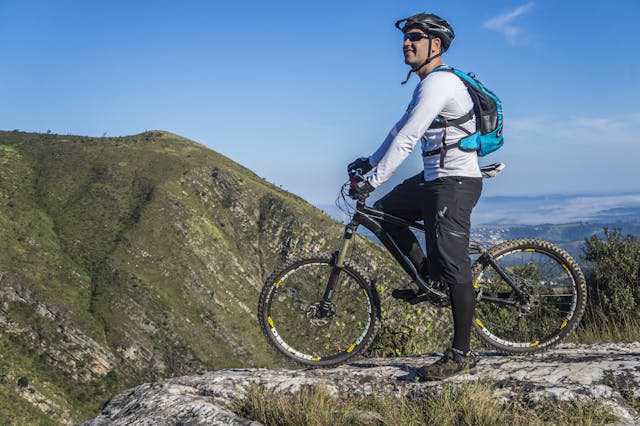
Why go: Ladakh is raw, wide and epic — the kind of place that makes ordinary physical exertion feel cinematic. High-altitude mountain biking and motorbiking on the Manali-Leh and Leh-Srinagar routes are legendary; summer water levels also deliver thrilling river rafting on the Zanskar and Indus.
What you can do
- High-altitude mountain biking on gravel and passes (Khardung La, Tanglang La approaches, valley trails) — routes vary from technical singletrack to long endurance climbs.
- Motorbiking (Royal Enfield and other big bikes) across the Manali-Leh highway — an adventure in itself.
- River rafting (July–September) on controlled rapids of Indus and Zanskar — expect cold, fast water and dramatic canyon scenery.
Best time: May–September for riding and rafting; winter is off-limits due to snow and closed passes.
Who it’s for: Experienced cyclists and motorbikers who are comfortable with long days, altitude and rough roads. Rafting is suited to people with some water-sport experience (and who can tolerate cold conditions).
Safety & acclimatization
- Acclimatize slowly. Acute Mountain Sickness (AMS) is the real risk. Spend 1–2 days at Leh’s elevation before heavy activity; hydrate and avoid pushing too hard on day one.
- Hire local guides for biking and rafting — they know route conditions, safe campsites and emergency plans. Carry a basic first-aid kit, warm layers, and spare bike parts or plan for bike support.
Suggested 6-day Ladakh sample (riding + rafting) Day 1–2: Arrive in Leh, rest and gentle sightseeing; acclimatize.
Day 3–4: Guided mountain-bike loop or hire a support vehicle for Manali-Leh segments; short day rides around Nubra or Pangong area.
Day 5: River rafting (Zanskar/Indus) with an operator — cold but spectacular.
Day 6: Return to Leh and depart.
Important: Keep itinerary flexible; weather can force route changes.
Top 10 Beaches in Kerala for Honeymoons
5) Auli, Uttarakhand — skiing, snowboarding, steep slope runs and cable car approaches
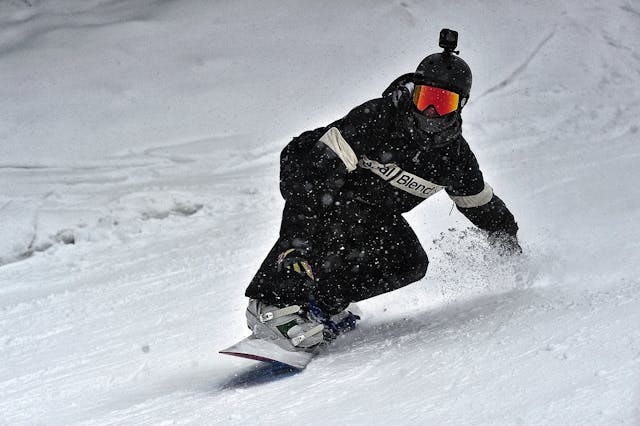
Why go: Auli is India’s premier skiing destination: large, open alpine slopes, reliable winter snow (in good years) and India’s long ropeway make it the top pick for runway-style downhill skiing and for beginner-to-intermediate training. It’s a rare place in India where you can get sustained downhill speed and groomed runs.
What you can do
- Alpine skiing and snowboarding (winter months) with hire gear and local instructors.
- Ski tours and day slopes for varied levels; trekking and ropeway rides in summer for non-snow seasons.
Best time: December–February (peak winter) for skiing; the cableway runs year-round for scenic views and summer treks.
Who it’s for: Skiers and snowboarders from beginners (instructor available) to intermediates looking for long downhill runs.
Safety & logistics
- Use local ski schools and rental shops; slopes are less crowded than international resorts, but still require respect for avalanche conditions and weather variability. Check with Uttarakhand tourism / local operators about snow depth and slope grooming status.
- Ropeway (cable car) is the common access route; book in advance during peak season.
Suggested 3-day Auli plan Day 1: Arrive via Joshimath, cable car to Auli and settle; short practice runs.
Day 2: Full ski day with instructor; try both groomed slopes and longer runs.
Day 3: Optional ski morning then descend and depart.
21 Best Hill Stations in India Worth Visiting
Planning, packing & safety checklist (applies to all five spots)
- Book certified operators. Whether rafting in Rishikesh, diving in Andaman or paragliding in Bir, always confirm the operator’s licenses, training standards and safety equipment. For diving, look for PADI/SSI affiliation; for aerial sports, ask about pilot certification.
- Medical checks and insurance. Some activities require a medical declaration or physician’s sign-off (scuba is a classic example). Buy travel insurance that covers adventure sports and emergency evacuation at altitude (important for Ladakh).
- Acclimatize at altitude. For Leh–Ladakh, plan at least 48 hours rest on arrival and avoid heavy exertion the first day.
- Season matters. Monsoon months can make rivers dangerous and reefs turbid; winter closes many Himalayan passes. Check local seasonal windows listed above.
- Gear & clothing basics: Quick-dry clothes, waterproof layers, sturdy footwear, sun protection, a small repair kit for bikes, spare batteries, and a basic first-aid/altitude kit. For water sports bring swimwear and a fleece; for snow sports bring thermal layers.
- Environmental responsibility. Stick to marked trails, don’t litter, avoid touching corals and respect local communities and wildlife.
How to choose operators & budgetary notes
- Operator choice: Read recent reviews, confirm safety records and ask about guide qualifications, rescue protocols and equipment age/maintenance. For diving, verify instructor-to-student ratios and tank/test schedules. For Ladakh rides, check if the bike hire provides spare parts or a mechanic.
- Budget: Adventure costs in India vary widely: short rafting trips and tandem paraglides can be relatively inexpensive, while multi-day rafting expeditions, diving courses and motorbike rentals in Ladakh add up. For high-adrenaline one-offs (bungee, tandem paragliding), expect mid-range tourist prices; for training (diving courses, multi-day bike tours), budget more time and money.
Responsible and safe thrill-seeking — a short manifesto
- Respect the elements. Mountains, rivers and seas aren’t attractions divorced from risk — they’re ecosystems with force. Plan, listen and act conservatively.
- Learn the basics. A short lesson or safety briefing transforms panic into controlled excitement. Don’t skip it.
- Support local businesses. Many adventure communities depend on tourism — hire local guides, stay in local guesthouses and follow community rules.
- Leave no trace. Be the kind of guest that leaves a place better than you found it.
Final thoughts and quick picks recap
- Rishikesh — best for river sports and bungee combos; an easy, accessible adrenaline hub.
- Bir-Billing — the paragliding capital; serene flights that still make your stomach drop in the best way.
- Andaman (Havelock/Neil) — scuba and snorkel paradise with vibrant reefs and beginner-friendly sites.
- Leh–Ladakh — high-altitude biking, motorbiking and white-water rafting in stark, stunning landscapes (acclimatize!).
- Auli — India’s skiing hotspot for true downhill runs and alpine views.
FAQ on Adrenaline-Pumping Adventure Sports Spots in India
1. What are some of the best places in India for adventure sports?
India offers numerous destinations for adventure enthusiasts. Some of the top ones include:
- Rishikesh (Uttarakhand) – River rafting, bungee jumping, cliff jumping
- Manali (Himachal Pradesh) – Paragliding, skiing, mountain biking
- Auli (Uttarakhand) – Skiing and snowboarding
- Andaman Islands – Scuba diving, sea walking
- Goa – Jet skiing, parasailing, scuba diving
2. Is Rishikesh really the adventure capital of India?
Yes! Rishikesh is widely recognized as India’s adventure capital, especially for white-water rafting on the Ganges River. It also offers bungee jumping, cliff jumping, and zip-lining, making it a perfect destination for thrill-seekers.
3. What is the best time for adventure sports in India?
- Summer (March–June): Ideal for river rafting, paragliding, trekking, and water sports.
- Winter (November–February): Best for skiing, snowboarding, and desert safaris.
- Monsoon (July–September): Great for waterfall rappelling and lush treks, but not all activities are available due to safety restrictions.
4. Which are the best water adventure sports in India?
Popular water adventures include:
- Scuba Diving – Andaman, Lakshadweep, Goa
- Jet Skiing – Goa, Kovalam, Mumbai
- White-Water Rafting – Rishikesh, Zanskar, Teesta River
- Surfing – Kovalam (Kerala), Gokarna (Karnataka), Puducherry
5. Where can I go paragliding in India?
Top paragliding destinations are:
- Bir Billing (Himachal Pradesh) – Asia’s best paragliding site
- Manali (Himachal Pradesh) – For scenic valley flights
- Kamshet (Maharashtra) – Near Lonavala, ideal for beginners
- Nainital (Uttarakhand) – Paragliding with a lake view
6. Is bungee jumping safe in India?
Yes, when done under professional supervision and certified operators. The most famous site is Jumpin Heights in Rishikesh, which follows international safety standards. Other safe options include Goa and Lonavala.
7. Which adventure spots are best for beginners?
- Goa – Easy water sports like banana rides, parasailing
- Kamshet (Maharashtra) – Beginner-friendly paragliding
- Rishikesh – Moderate-level rafting
- Auli – Ski training schools for first-timers
8. Can I enjoy adventure sports during a family trip?
Absolutely! Many adventure destinations offer family-friendly options like:
- Hot air balloon rides in Jaipur
- Camel safaris in Jaisalmer
- Boat rides in Kerala backwaters
- Light trekking in Munnar or Coorg
9. What kind of gear or preparation is needed?
Most adventure tour operators provide the required gear. However, it’s good to bring:
- Comfortable sportswear
- Good trekking or sports shoes
- Sunglasses, sunscreen, and water
- A basic first-aid kit
Always follow instructor guidelines and avoid overexertion.
10. Which states are known for adventure tourism in India?
- Uttarakhand – Rishikesh, Auli, Nainital
- Himachal Pradesh – Manali, Bir Billing, Spiti
- Goa – Water sports hub
- Jammu & Kashmir – Skiing in Gulmarg, trekking in Sonamarg
- Sikkim – River rafting and high-altitude treks
11. What are some extreme adventure activities available in India?
If you’re looking for a real rush, try:
- Skydiving in Mysore or Aligarh
- Caving in Meghalaya
- Scuba diving with sharks in the Andamans
- Motorbiking through Ladakh
- Zip-lining in Neemrana Fort
12. Are there eco-friendly or sustainable adventure options?
Yes, India is promoting sustainable adventure tourism. You can try:
- Trekking with minimal impact (no littering or campfires)
- Eco-camping in Himachal and Sikkim
- Kayaking and cycling tours using renewable energy support systems
13. What is the legal age for participating in adventure sports?
Most activities require participants to be above 14 years, though the minimum age varies:
- Rafting – 14+ years
- Bungee Jumping – 18+ years
- Scuba Diving – 10+ years (with consent)
Always check age and health requirements beforehand.
14. Are there any medical restrictions?
People with heart conditions, high blood pressure, epilepsy, or recent surgeries should consult their doctor before participating. Pregnant women and individuals with severe motion sickness should avoid extreme activities.
15. What are some must-try adventure sports unique to India?
- Zorbing in Solang Valley (Himachal Pradesh)
- Camel Polo in Rajasthan
- Caving in Cherrapunji (Meghalaya)
- River Rafting in the Brahmaputra River (Arunachal Pradesh)
- Mountain Biking in Leh–Ladakh

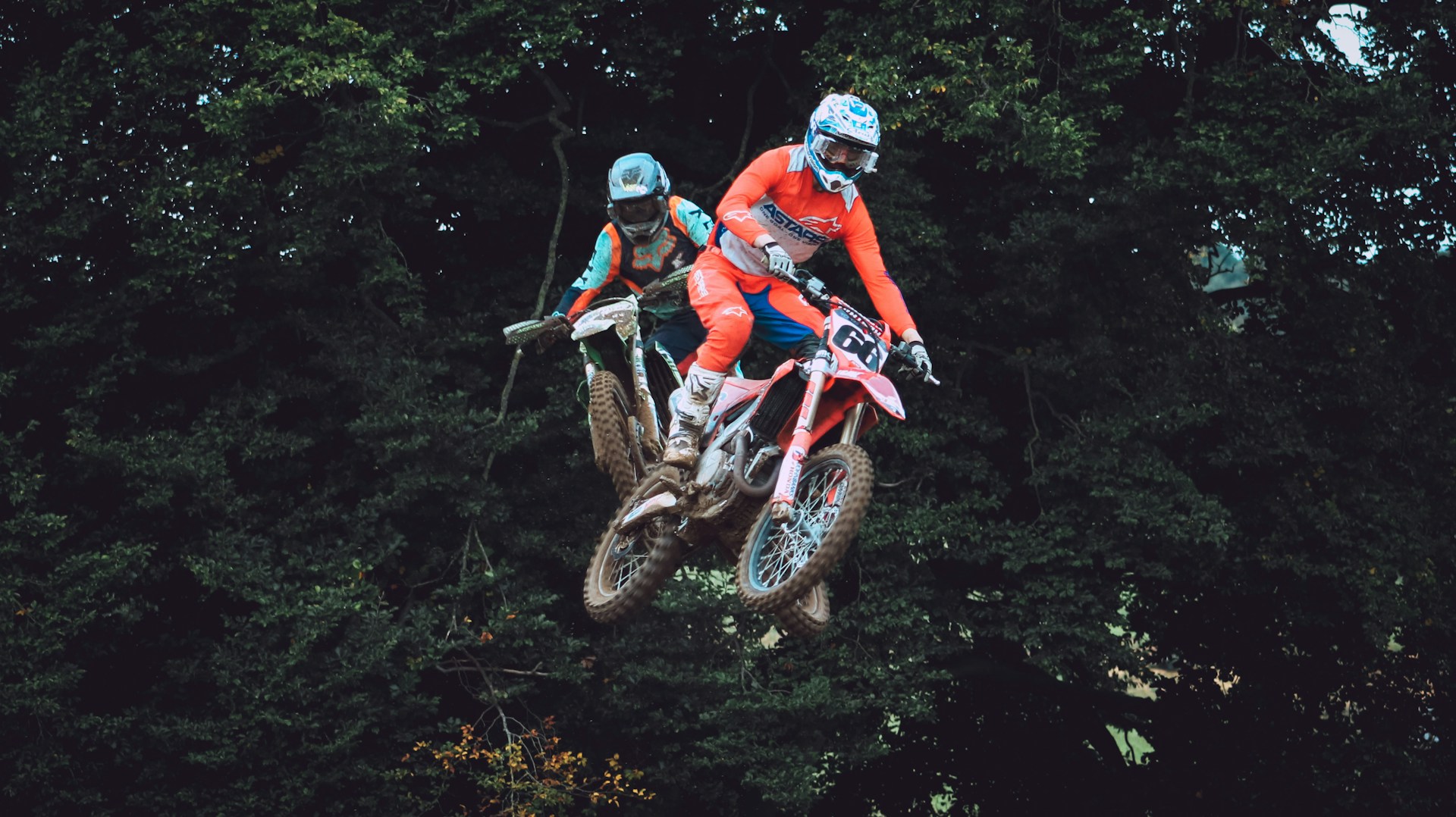
One Comment